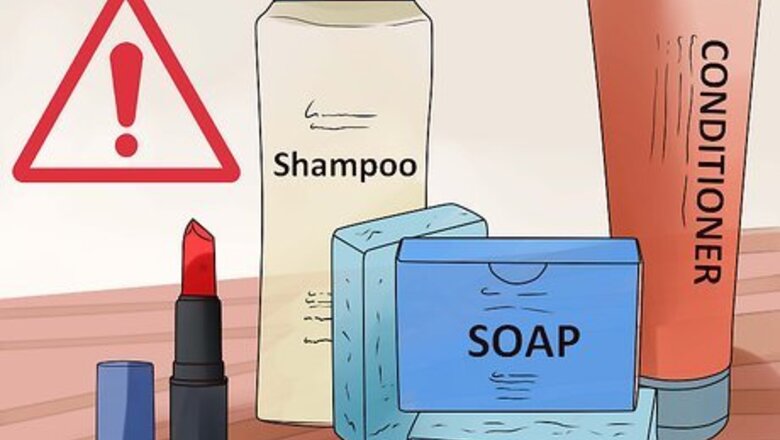
views
X
Research source
MSG doesn't affect some people, but others have severe sensitivity to it. To avoid MSG, be proactive in restaurants and learn to read product labels carefully.
Avoiding MSG In Your Daily Life
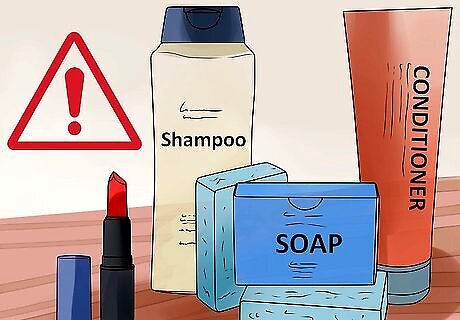
Avoid non-food products that may contain MSG. Some cosmetics, soaps, shampoos, and hair conditioners may contain MSG if the ingredients contain the words "hydrolyzed," "protein," or "amino acids." Some medications, vitamins and dietary supplements have MSG in the binders and fillers. Check with a pharmacist if you're unsure.
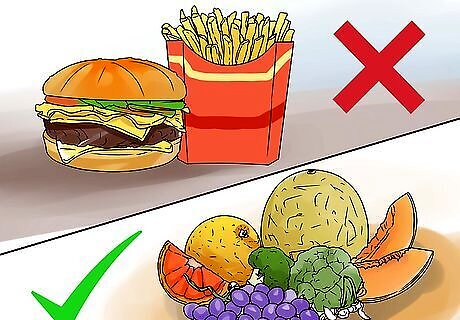
Eat a fresh, natural diet. MSG is in almost every processed food. This means when you buy prepackaged food, you more than likely will end up with some MSG in your food. Buy fresh vegetables and fruits, use only basic seasonings, such as salt and pepper. Instead of flavoring salts and prepackaged seasonings, try fresh spices and herbs to flavor your food.

Cook for yourself. MSG is in almost every prepackaged food product, frozen meal, and restaurant meal. Start cooking from scratch so that you can control what goes into your body. Buy fresh, natural ingredients instead of canned or processed.
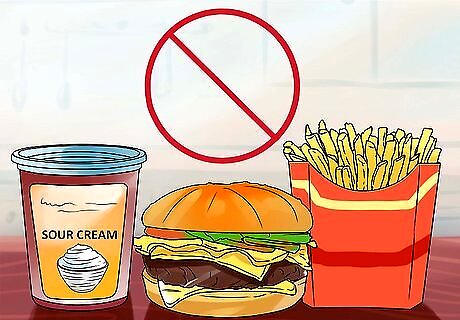
Avoid common food products that may contain small amounts of MSG if you are highly sensitive to MSG. These foods include low-fat or fat-free foods, enriched foods, vitamin-enriched foods, corn starch, modified food starch, corn syrup, lipolyzed butter fat, dextrose, brown rice syrup, rice syrup, milk powder, or 1 percent or 2 percent milk.
Avoiding MSG at the Grocery Store
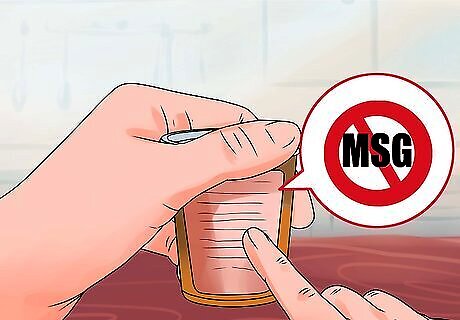
Read the labels. Don't trust "no MSG" on the front of the box. MSG is labeled many different ways on a label. Learn other ways food manufacturers label MSG. While a product may have no MSG, this doesn't mean it is MSG-free. There are other ways MSG is in your food. Look for any of the following ingredients: Processed free glutamic acid, monosodium glutamate Calcium glutamate, monopotassium glutamate, magnesium glutamate, mono-ammonium glutamate, natrium glutamate Glutamic acid Sodium caseinate, calcium caseinate Yeast extract, autolyzed yeast Whey protein concentrate Textured protein, vegetable protein extract Hydrolyzed products, including hydrolyzed protein or vegetable broth. The U.S. Food and Drug Administration requires sources of hydrolyzed protein to be listed on ingredient labels. If a product contains unprocessed tomato or wheat, for example, they can be listed as "tomatoes" or "wheat." If the ingredients say "tomato protein" or "hydrolyzed wheat protein," the product contains MSG.

Watch out for salty snack food. Many processed salty snack foods contain MSG. Be careful when buying flavored chips, crackers, or nuts. Foods like Doritos, Cheetos, and just about all flavored potato chips have MSG in it.
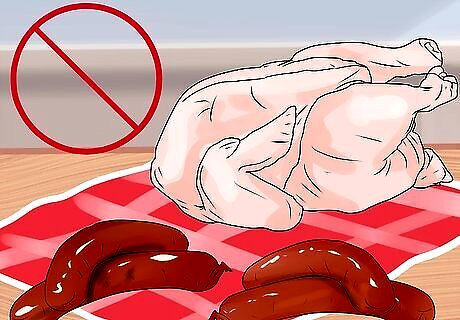
Avoid deli meats. Deli meats generally always contain MSG. Chicken and sausages contain MSG products.
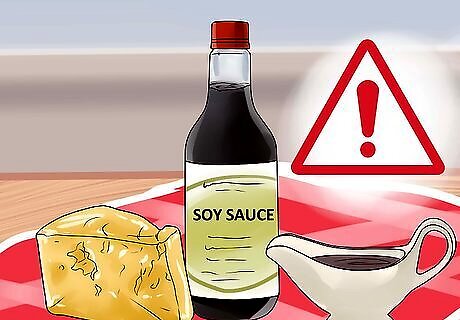
Be wary of dressings. Ranch dressing always has MSG, but most other salad dressings do, too. In addition to dressing, be wary of vegetable dips. Pay attention to soy sauce, Parmesan cheese, gravies, and dipping sauces.
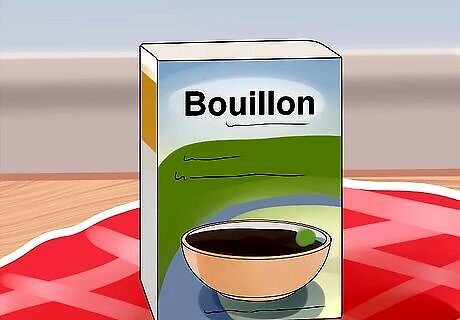
Pay attention to broths and soups. Bouillon and broths more than likely will have MSG in them. Even popular soup brands will place it into the cans.
Avoiding MSG When Eating Out
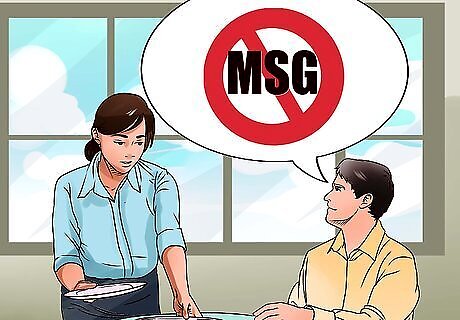
Tell servers you want your food without MSG. These days, many restaurants have moved away from using MSG in their cooking. It is still a good idea to ask and to be adamant that MSG is not used in the food prepared for you.
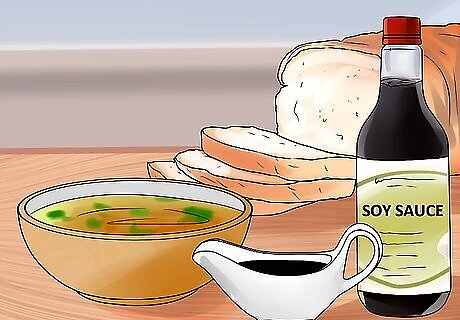
Avoid certain foods when eating out. If you want to eat out but avoid MSG, known which foods to avoid. Common foods that contain MSG include vegetable broths, breads, dressings, soy products, sweeteners, and flavors.
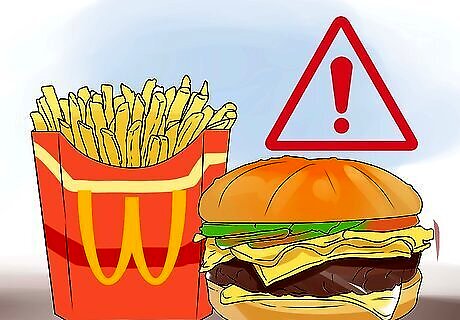
Watch out for fast food. Most fast food restaurants, such as McDonalds, Burger King, KFC, Pizza Hut, and Chick-fil-A all put MSG in their food. If you are curious about which particular items have MSG, then go to the restaurant's website and look at the ingredients list.


















Comments
0 comment